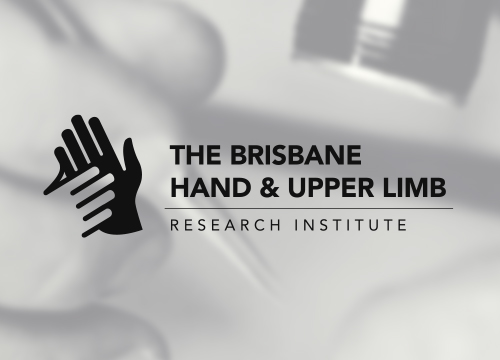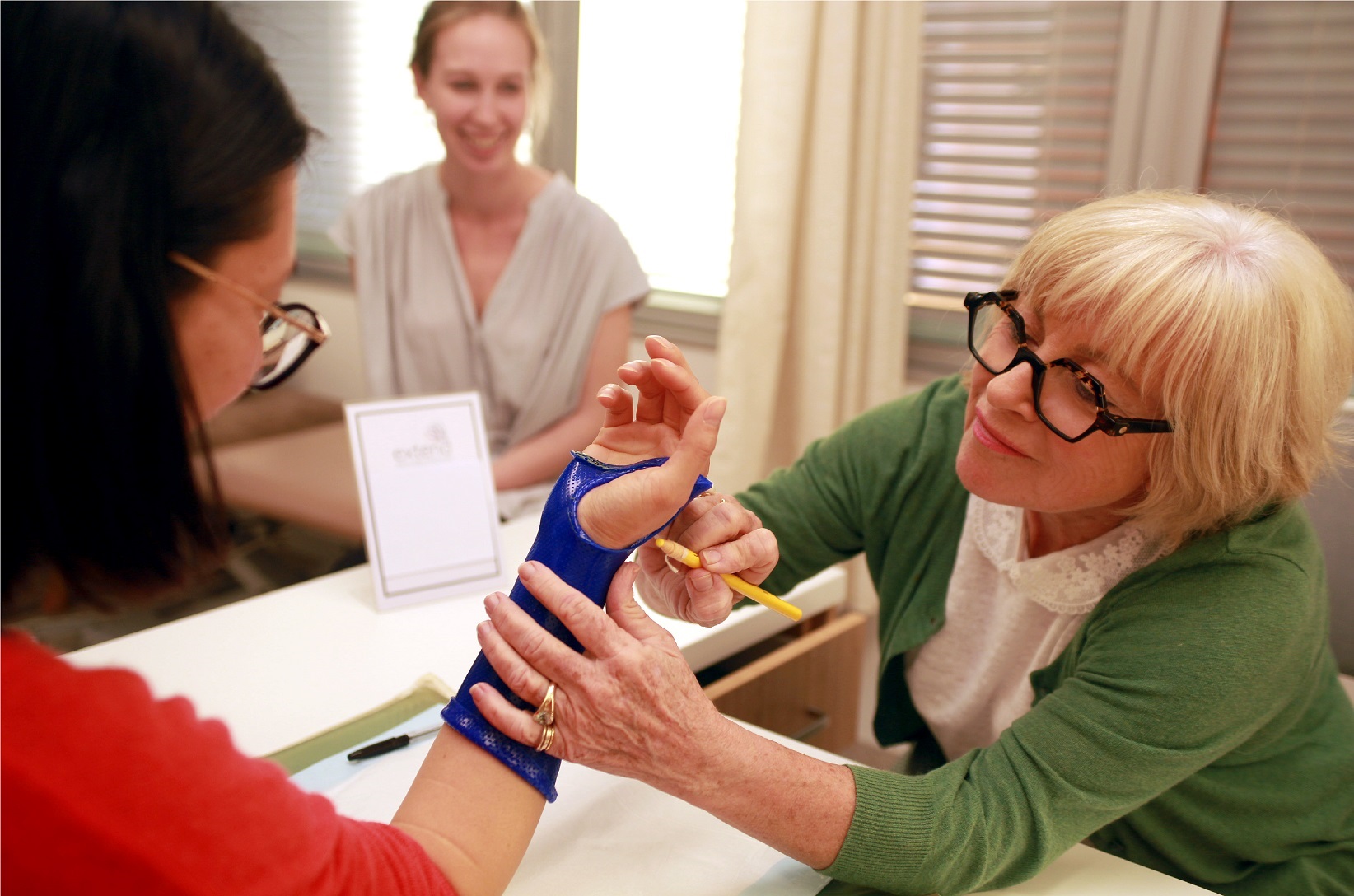Ross M, James C, Klawitter J, Couzens G.
Chapter 19 in “Joint Replacement Technology – 2nd Edition”. Edited by Peter Revell. Woodhead Publishing Series in Biomaterials: Number 80. Elsevier Publishing 2014; 628-673.
ISBN: 978-0-85709-841-2
The primary goal in performing prosthetic arthroplasty in the small joints of the extremities remains pain relief; however, there is increasing interest in maximizing return of motion at the same time. During the past four decades, pyrolytic carbon (PyC) has been used successfully as a material for fabricating small joint implants for arthroplasty with purported benefits compared to other materials. In addition to total joint arthroplasty using PyC, successful hemi-arthroplasty has also been achieved in a variety of anatomic applications, including the metacarpal phalangeal (MCP) joint, proximal interphalangeal joint, carpometacarpal (CMC) joint, radio-capitellar joint, and gleno-humeral joint. It has also been used in non-anatomic interpositional arthroplasties in the upper limb in CMC joint, wrist, and in the first metatarsal phalangeal joint of the foot.




